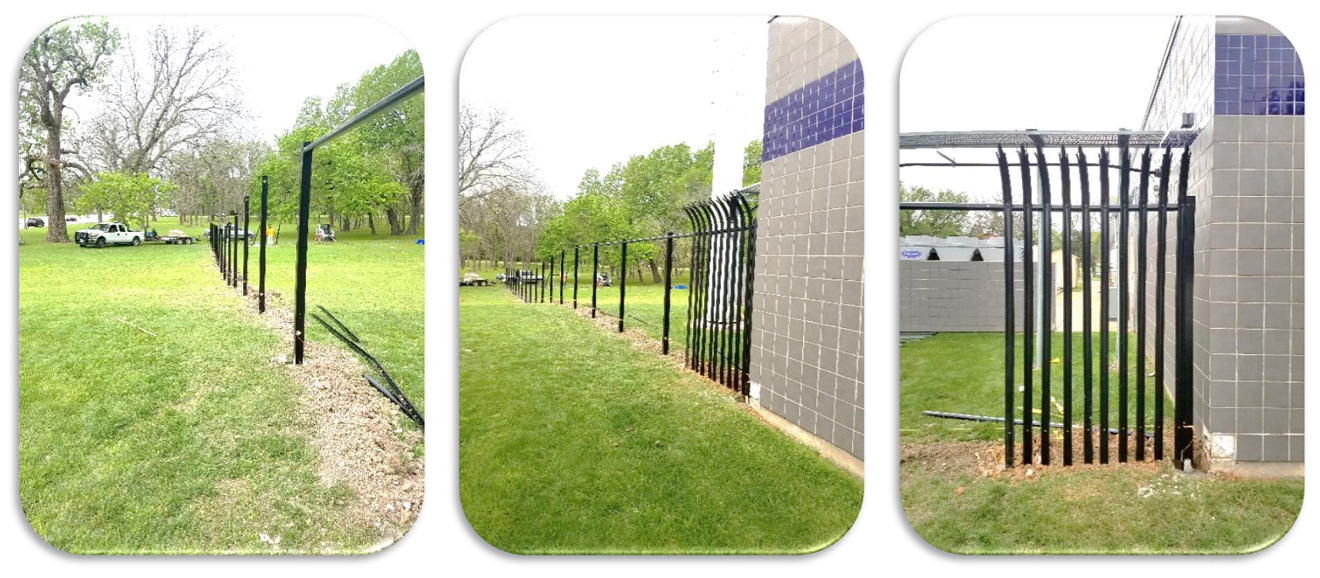Improvements to the interiors of most of the department's substations are already done. Exterior fencing around the substations and police parking lots is going up as well, fulfilling a longstanding wish of the department and its unions.
Gregory Simpson, 58, allegedly busted up 12 squad cars at DPD's Deep Ellum outpost with a sledgehammer a little after 5 a.m. Feb. 4. This came after James Boulware shot up DPD headquarters in June 2015, a February 2017 drive-by shooting at DPD's South Central Substation and an April 2017 incident in which an armed man in a Guy Fawkes mask was arrested for threatening officers at the Dallas Police Southwest Patrol Division.
Each of the attacks has raised the ire of Dallas cops and their associations, which have called out the City Council and Dallas Mayor Mike Rawlings for failing to do their best to protect DPD officers as they work at police facilities around the city.
"There is no security at these places. You have these officers sitting in marked cars that are just absolute targets. You might as well just put a big-ass bulls-eye on that squad car or that substation and say, 'Come by and light us up,'" Frederick Frazier, first vice president of the Dallas Police Association, told the Observer after the attack at the South Central Substation. "The mayor, the City Council have failed us. They have sat there and sat there and sat there."
In response, the City Council allocated $6.7 million from the 2017 bond package to exterior improvements at police stations on top of almost $2 million already pledged to lobby improvements at headquarters — including ballistic protection, a reconfigured visitor screening area, a new control room and a card-reader based-access control system — and $1.3 million for lobby remodeling at substations.
Now that most of the interior work is complete — the headquarters remodel is 80 percent done and scheduled to be finished in May, but crews are done at six of DPD's seven substations — workers are putting up fencing to limit access and protect department and officer property around the city.

Fencing is scheduled to be completed at all DPD substations by the end of June, according to city staff.
city of Dallas
"We have more officers out on the street covering shifts, so we need more security at the stations. Fire departments have fences around their stations," Pinkston said. "That's all officers are asking for — security when they walk out at the end of the night."
Exterior fencing is scheduled to be completed at all DPD substations by the end of June, according to city staff.












